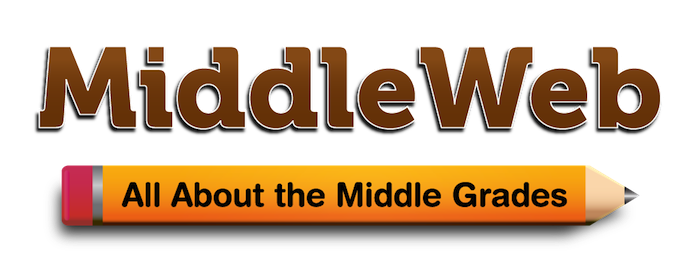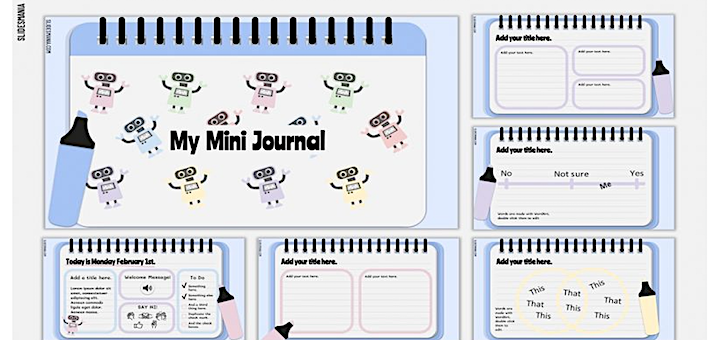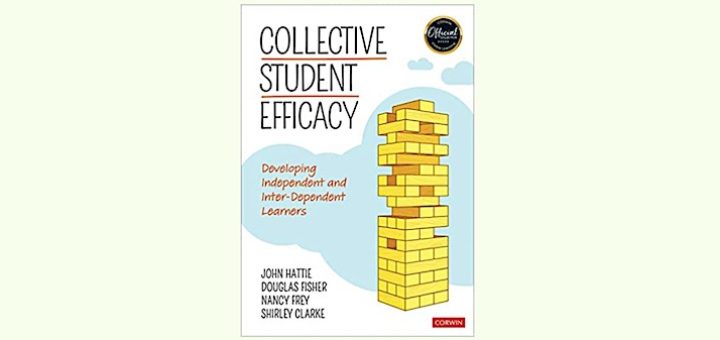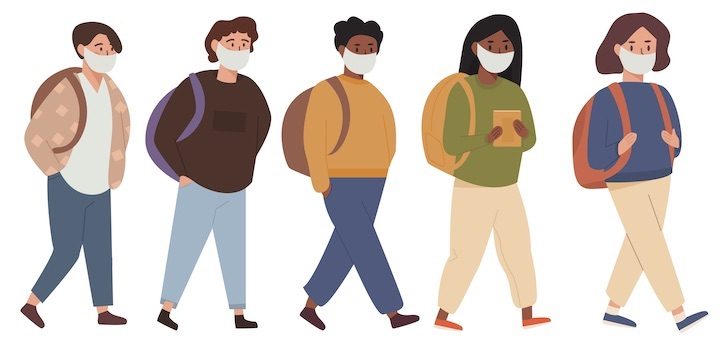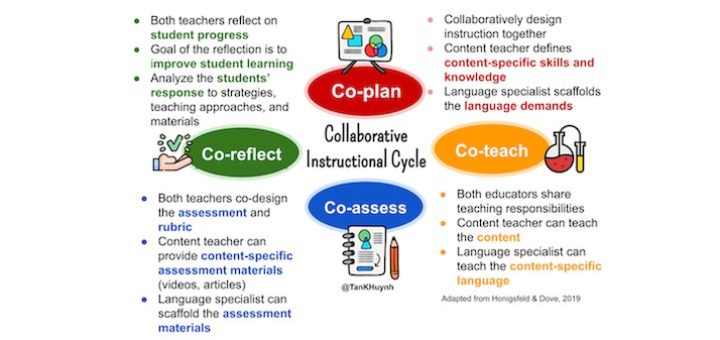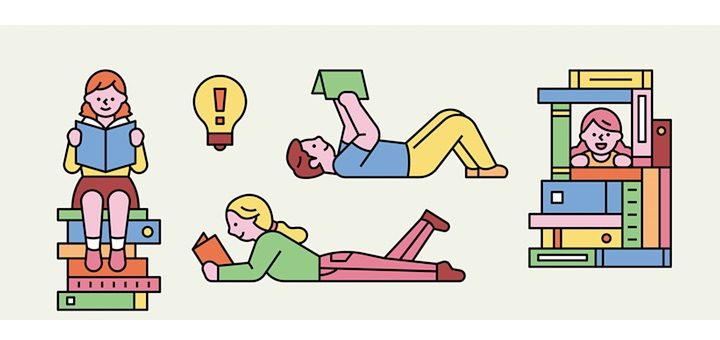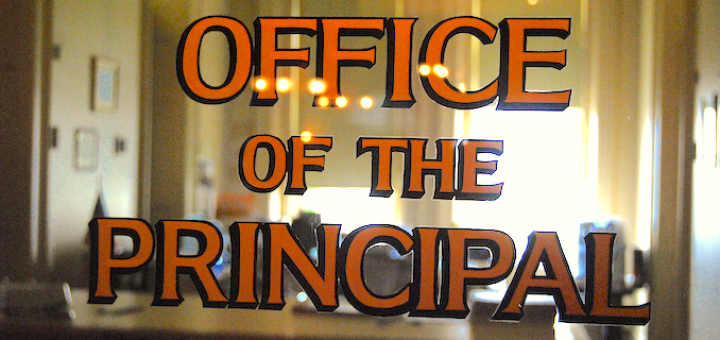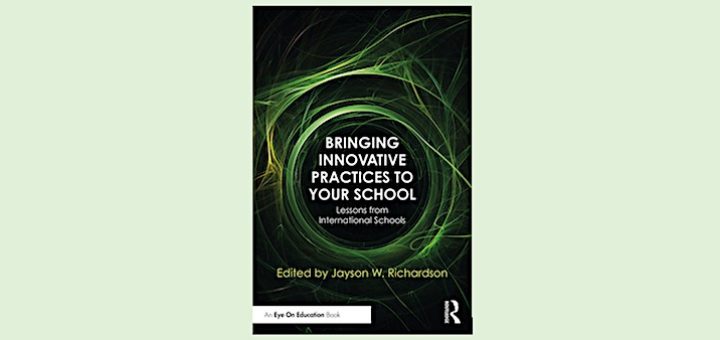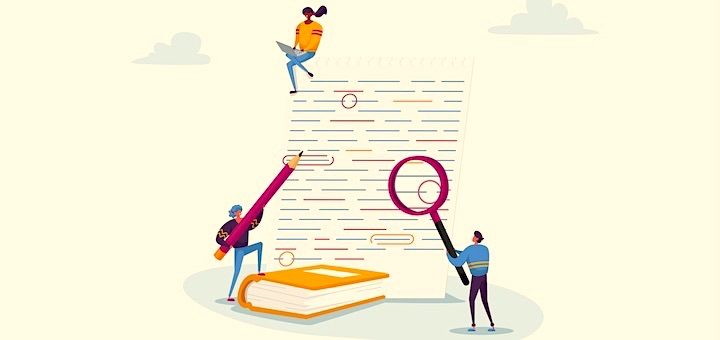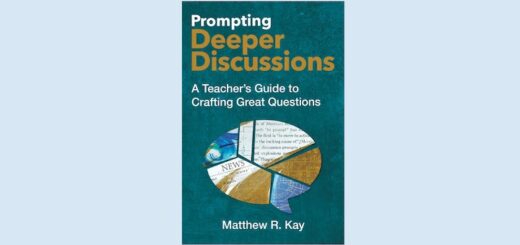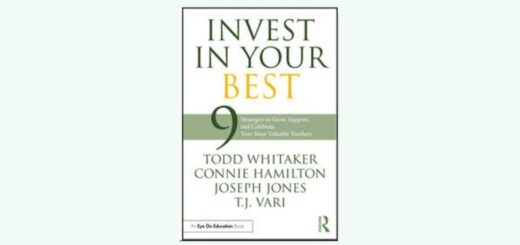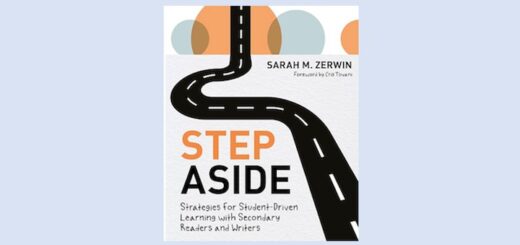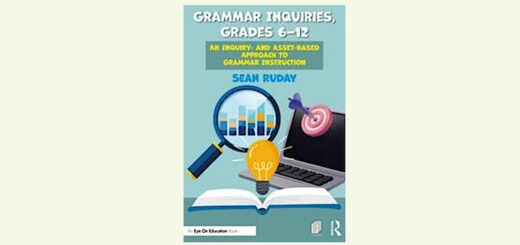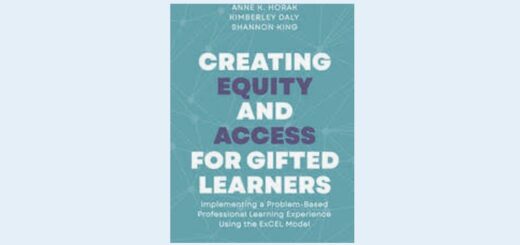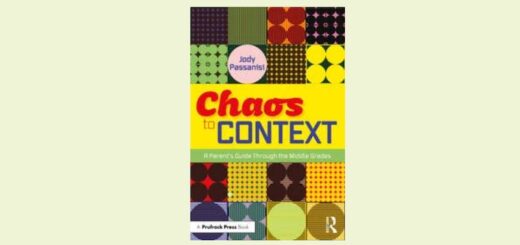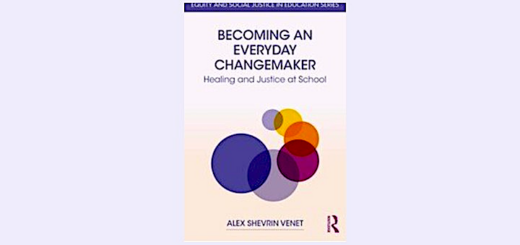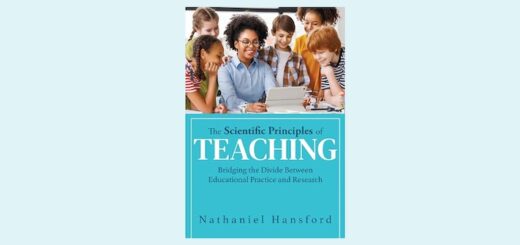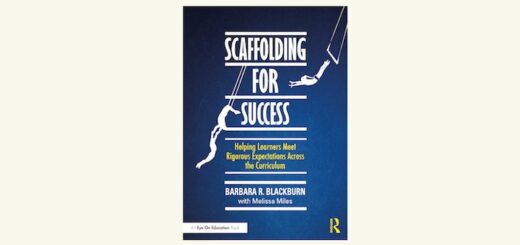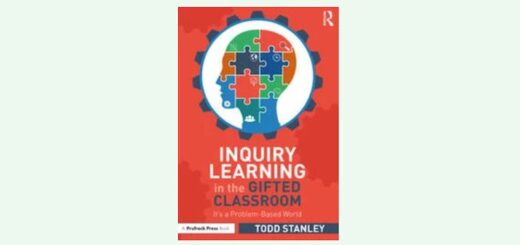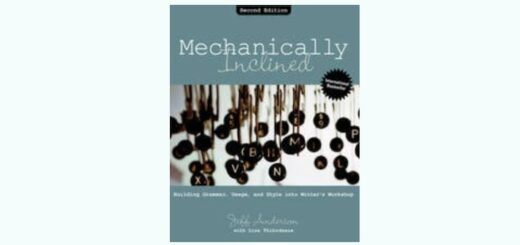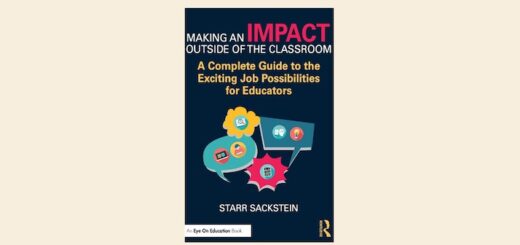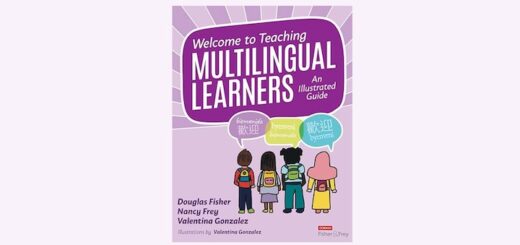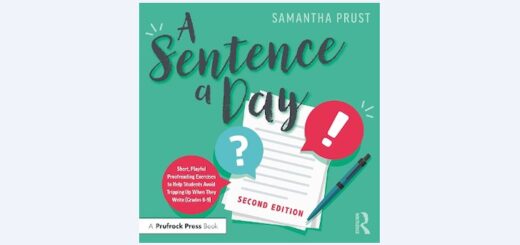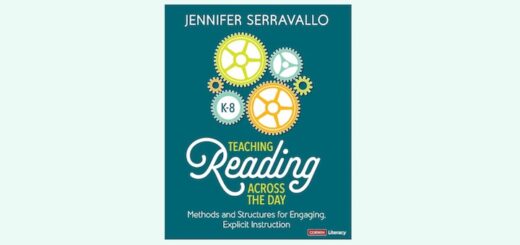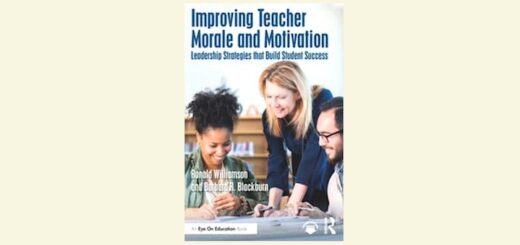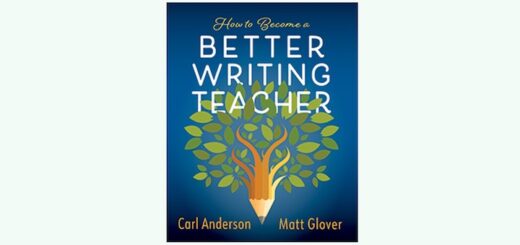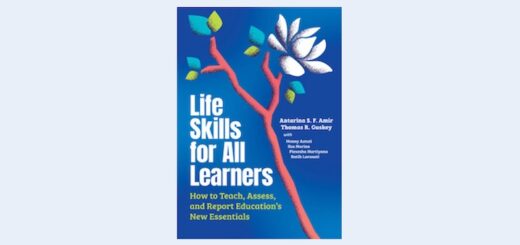Teaching and learning in grades 4-8
Middle grades teacher Kathleen Palmieri is taking advantage of her students’ growing comfort level with online apps to set up interactive notebooks in Google Jamboard and use Google Slides to simplify the process. She includes all her steps plus extra tips and resource links.
Discover the why, what and how of collective student efficacy in this research-grounded book from John Hattie, Douglas Fisher, Nancy Frey and Shirley Clarke. Reviewer Sarah Cooper was inspired by the rich descriptions of “I” and “we” skills needed for higher-level learning.
Blended teaching? Hybrid teaching? Remote teaching? We don’t know for sure when teaching “pandemic-style” will go away, but with a look over the last year, here are 13 insightful MiddleWeb articles about surviving the “blend” and hanging on to some strategies that were long overdue.
When co-teachers implement Honigsfeld and Dove’s collaborative instructional cycle – co-planning, co-assessing and co-reflecting – multilingual students and their fellow students benefit from the robust, dynamic instruction, writes language specialist Tan Huynh.
Learning about lots of books students might enjoy is not an easy task, write literacy educators Lynne Dorfman and Brenda Krupp. How can teachers become experts in children’s literature? First “we have to really read the books.” Browse their many tips and resources.
Community dissent is rising and schools are not immune. The dilemma for principals: conflicting demands from different groups of parents and other influencers. Ron Williamson and Barbara R. Blackburn offer 10 leadership strategies that can help lessen the impact of conflict.
Jayson Richardson keeps US public schools in mind as he describes a wide range of innovative practices across the global edu-sphere, writes world language educator Jane Swisher. Topics include student agency, equity, curriculum, management, teacher leadership and technology.
How should we teach US History? Is it mostly about caring? Or critical thinking? What about historical knowledge? Teacher Lauren Brown stands firm for content. “If we’ve learned anything from the culture wars this year it’s that too many Americans do not know their history.”
Using the strategies he shares here, ELA teacher and professional development author Jeremy Hyler has been able to reach more middle grades students and help them understand how they can power up their ability to communicate by learning grammar skills and code switching.
Digital storytelling lets student writers share their own characters who come to life, engage in dialogue, and move around the setting. Best of all, it helps middle grades teachers reach all types of learners. Sam Weigle and Katie Caprino offer examples and suggested tools.
